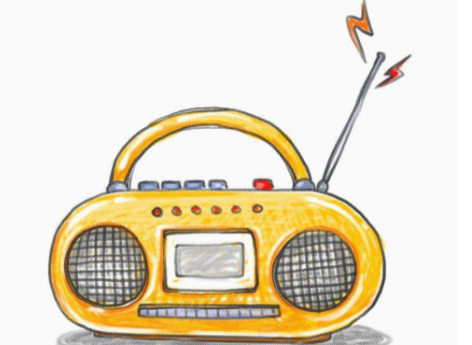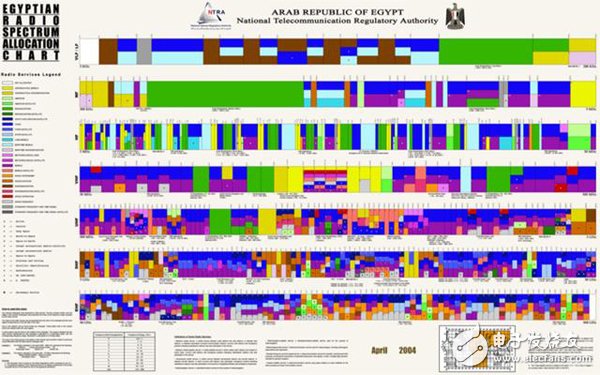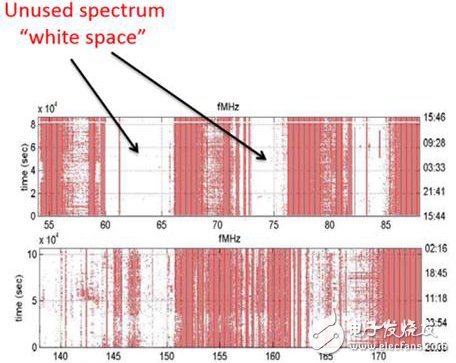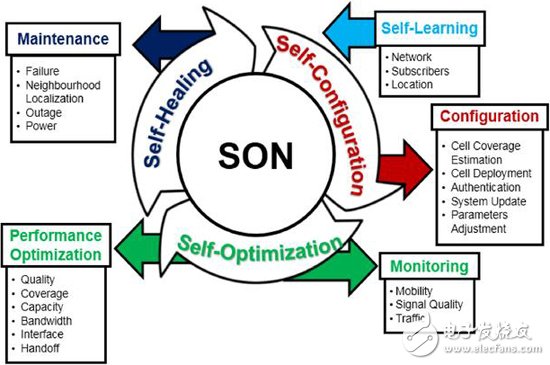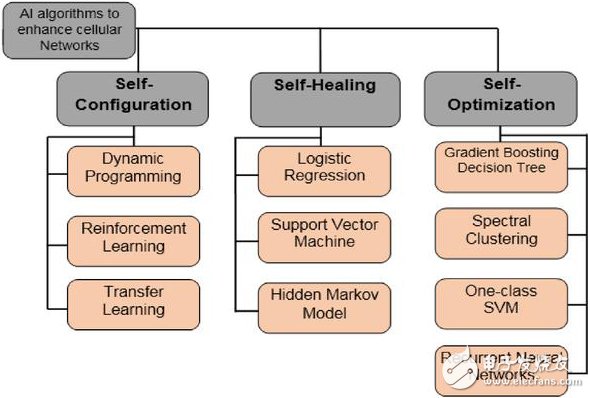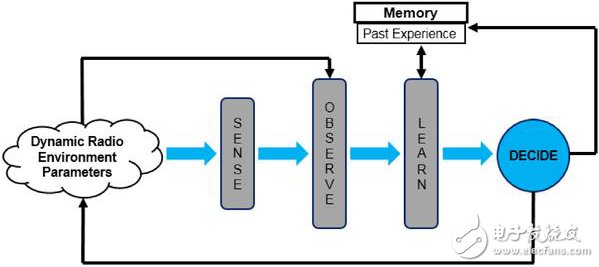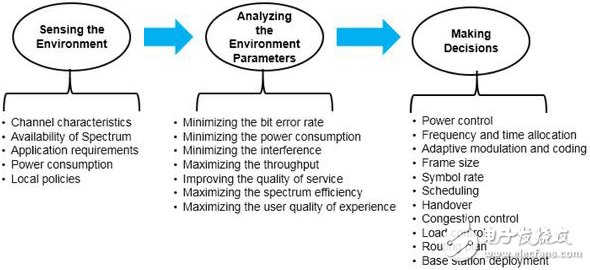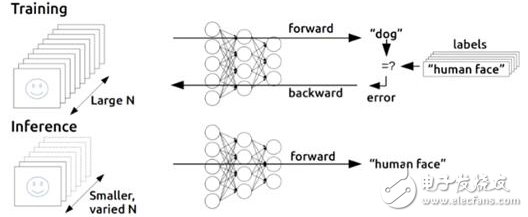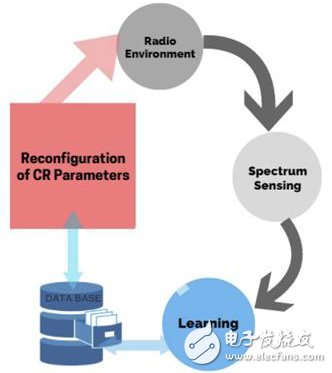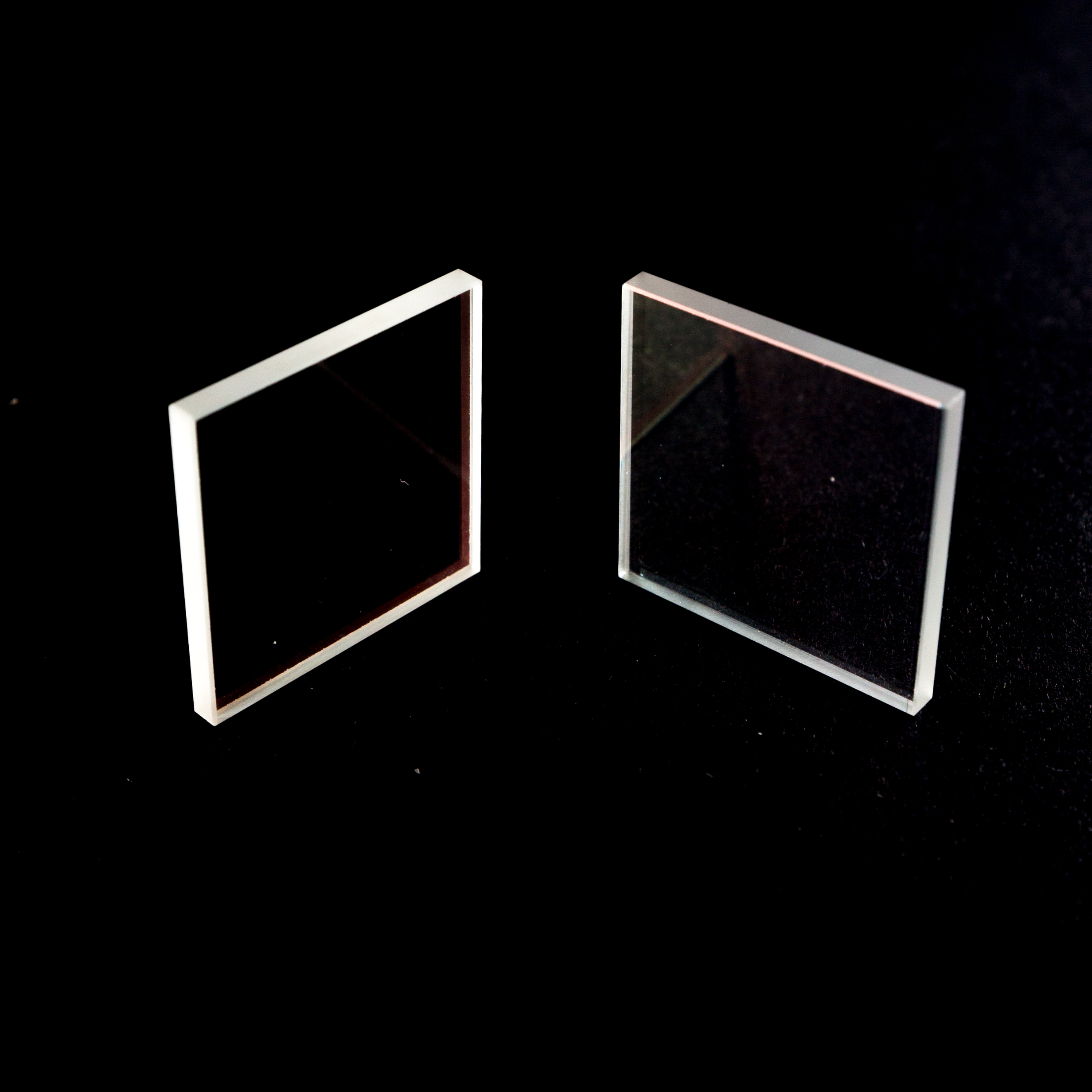We all know about radio (Wifi 2.4 GHz, Wifi 5 GHz, GSM 2G, 3G, LTE 4G, Bluetooth, RFID, etc.). All of these provide a way to communicate with each other, including sharing information, entertainment, etc. in real time. The problem is that the radio needs a medium and resources to share this information and transfer it from one place to another. Simply put, they have frequency, space, and time characteristics. Let's take a look at our most valuable spectrum resource. Do we have a lot of such spectrum available? Figure 1. Available spectrum resources are a precious asset for humanity In fact, the answer is that we are limited by these available spectrum resources. However, there are currently some applications that use millimeter-wave (mmWave) spectrum resources between 30 GHz and 300 GHz. These spectrum resources can be used for high-speed wireless communications, such as the latest 802.11ad Wi-Fi standard (operating in the 60 GHz band). And use the WirelessHD standard (also known as UltraGig) to transmit high-resolution streaming media. The problem is that the millimeter wave has experienced a very large loss. In general, it only supports Line ofSight (LOS) communication, so it can be used indoors, but it is not suitable for or difficult to use in outdoor mobile broadband applications. So we need to deal with our existing spectrum resources in the best way and try to repair the current defects to optimize and enhance the existing spectrum resources. First of all, let's take a look at the distribution and application of RF-Spectrum. As previously mentioned, the RF spectrum is used in various types of services such as satellites, GPS systems, mobile communications (2G, 3G, and 4G), FM radio, WIFI, Bluetooth, and the like. Some of them are licensed, some are not licensed, which means that you have to run on a certain frequency band. You have to pay for it. For example, the mobile services of mobile operators like Vodafone, Verizon, Orange, etc., need a lot of money to get it. Share its services and applications in a predetermined frequency band. With some bands such as WI-FI and Bluetooth, we can use them without spending money. Each country has an organization to manage the spectrum allocation process. The following figure is an example of a spectrum allocation map. Figure 2. Spectrum allocation diagram for a country The available spectrum resources are few, but they are not fully utilized. The picture below is a snapshot of the TV spectrum. It shows that some parts of the frequency band are used in large amounts, while some are used less, while others are not used at all. Figure 3, the use of white TV spectrum Cognitive radio is a combination of SDR (Software Defined Radio) and MIND (Artificial Intelligence). We can imagine a function that radios give to humans. For example, they need sensors to observe the outside world. Just as the human ear can extract the sound waves and the vibrational modes of air molecules and convert them into electrical signals. These signals are carried into the brain for analysis. And to understand them, similarly, for radio equipment, the antenna is a combination of RF passive front-end sensors that are mainly passive components [passive devices such as resistors, inductors, capacitors] that require electromagnetic waves and convert these waves into electrical signals This electrical signal is processed by other hardware: such as amplification, filtering and analog-to-digital conversion (ADC), and after being denoised by analog components, they are mapped to software to analyze them intelligently. Therefore, cognitive radio can be understood as a radio that obtains awareness of the surrounding environment and adjusts its behavior accordingly. For example, a cognitive radio can determine an unused frequency band and use it for transmission before jumping to another unused frequency band. Cognitive radio terminology was created by Joseph Midola, referring to a smart radio that can sense the external environment, learn from history, and make intelligent decisions to adjust its transmission parameters based on current environmental conditions. SDR is a radio communication technology based on a software-defined wireless communication protocol rather than a hardwired connection. In other words, frequency bands, air interface protocols, and features can be upgraded through software downloads and updates without completely replacing hardware. SDR provides an efficient and safe solution to the problems encountered in constructing multi-mode, multi-frequency and multi-function wireless communication devices. The SDR uses programmable DSP and hardware support to perform most of the signal processing in the digital domain, but still performs some signal processing in the analog domain (eg, RF and IF circuits). The antenna is directly connected to all terminal devices of the AD / DA converter. All signal processing is performed digitally using a fully programmable high-speed DSP. All functions, modes, applications, etc. can be reconfigured via software. There it is flexible and brings together the analog and digital worlds. Software-defined radio (SDR) technology brings flexibility, cost efficiency, and functionality that drive communications forward. Service providers and product developers realize the benefits of extensive connectivity through end users. Figure 4. Application of Artificial Intelligence in 5G Networks Fig. 5, Artificial intelligence algorithm for communication research in 3GPP Now to understand how to analyze the actual signal in an intelligent way, we need a cognitive engine driven by a machine or deep learning algorithm to observe, analyze, predict, and make decisions. But first we need to understand that the main difference between machine learning and deep learning is the feature engineering in machine learning. The learning model decides to classify the situation based on a fixed feature set (observation/measurement parameters), but in deep learning, the algorithm must Determine which features are suitable for this situation for classification so that the learning process is based on feature selection and categories. Figure 6. Learning process in cognitive radio Let's look at a very simple and effective process called supervised learning, which simply means that the answers to each set of data samples are known (just as we are monitoring the actual training process for known answers). Here, we feed the neural network, which is a popular learning algorithm - a large amount of training data, tagged/marked by human picture examples, so that the neural network can essentially self-check in its learning. The image is data; "people" is a label, but depends on the image. Figure 7. Cognitive Radio Cognitive Cycle When images enter, the network decomposes them into the most basic components (features), namely edges, textures, and shapes. As the images propagate through the network, these basic components are combined to form more abstract concepts, namely curves and different colors, when further combined. At the end of this process, the network tries to predict the content of the image. First, these predictions will appear as random guesses because no real learning has taken place. If the input image is "person" but "dog" is predicted, the inner layer of the network needs to be adjusted. Adjustments are made through a process known as back-propagation to increase the likelihood of the next prediction of "person" for the same image. Once this happens, it will become more accurate until the predictive optimization implements a false global minimum. Therefore, the error is only the actual output - the desired output, and can be mathematically calculated in many different ways. Figure 8, machine learning method This learning process can be used to create a radio with a "brain function" (cognitive radio) in the radio, so we can think of it as a way to optimize resources to maximize the use of radio spectrum resources. Figure 9, machine learning example Figure 10. Simplified cognitive cycle The above diagram includes simplified cognitive cycles. We use some sensing techniques to perceive the radio environment, such as performing a fast Fourier transform to detect the level of signal strength in the spectral band, and then mapping the detected data to a learning model. After finding the corresponding solution, the radio is dynamically reconfigured to the corresponding parameters such as transmit power, sample rate, center frequency or waveform. If there is an absolutely new solution based on a new problem, it will be stored in the database. This process allows us to build our system memory through empirical learning.
λ/ 10 - the visible window sheet is a parallel plane plate, which is usually used as a protective film for electronic sensors or detectors in the external environment. We provide flat windows on a variety of substrates without coating and antireflection coating. Antireflective film options include UV, VIS, NIR, and SWIR. Barium fluoride (BaF2), calcium fluoride (CaF2), zinc sulfide (ZnS), zinc selenide (ZnSe) or silicon (SI) germanium (GE) are suitable for infrared applications, while fused quartz and sapphire are suitable for ultraviolet applications.
optical windows Hanzhong Hengpu Photoelectric Technology Co.,Ltd , https://www.hplenses.com